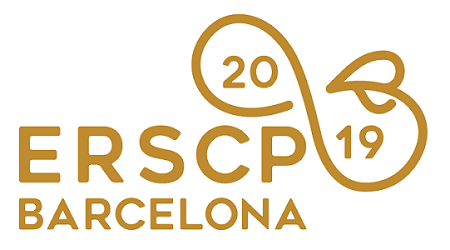Full Program »
Collaboration in industrial symbiosis to unfold circular economy potential: trends and opportunities
The circular economy (CE) has been recognized for boosting growth within an economy through the involvement of materials science, engineering, and systems design development (Pitt & Heinemeyer, 2015). In that sense, the CE has been shouldered on the understanding of notions such as reducing, reusing, recycling and materials’ recovering in production and consumption practices to accomplish sustainable development (Kirchherr, Reike, & Hekkert, 2017). Consequently, CE evolution over time would not be feasible without the existence of industrial symbiosis (IS) concepts and tools (Saavedra et al., 2018). As such, IS is described as a system that gathers distinct industries in a joint approach to gain competitive advantage by linking physical exchanges of resources where cooperation and synergistic opportunities are offered in geographic proximity context (Chertow, 2007). Nevertheless, a successful CE implementation is more than a mere exchange of materials in order to deliver a widespread application. Indeed, researchers have been studying IS in a broader context and therefore, have determined key factors to promote industrial symbiosis in technical, economic, organizational, social, and institutional scopes (Park, Duque-Hernández, & Díaz-Posada, 2018). However, IS collaborations are sometimes difficult to commence (Chertow, 2007), regardless of existing technical and physical conditions and potential financial and environmental gains (Domenech and Davies, 2009, Tudor et al., 2007). These challenges have constrained a fruitful development of IS and hence, further research is needed to understand what are the organizational and operational requirements for a successful collaboration in IS (Akkerman & Zwicky, 2018). So, in order to obtain an overview whereby companies may collaborate in circular models through an IS perspective a systematic review is essential to comprehend what sort of collaborative models are suitable in a context through which CE principles are being applied in a IS scenario context. To answer this question, a systematic review of the scientific literature was proposed to detect the existing gaps in the literature. This was done by firstly, stablishing search keywords associated with the research area (CE, IS, and collaboration). Then, a query algorithm was created for the Web of Science database to ensure reliability, coverage and quality of the results. Afterwards the Matheo Analyzer software was utilized to process the results obtained throughout the search query. Later, the results provided by the software were used to describe current trends of collaboration models applied in the CE-IS relationship context or lack thereof. Finally, an in-depth analysis was performed for each paper which met the following: a) have a direct relationship with the central topic of study (CE, IS and collaboration) b) provide clear information about successful collaboration models within actors that share both costs and benefits and therefore, could potentially unfold CE´s opportunities. The outcome of this study is meant to elucidate the current trends and the foreseeable opportunities that showcase a holistic-management approach that takes IS into account, and will unfold the full potential of CE.
